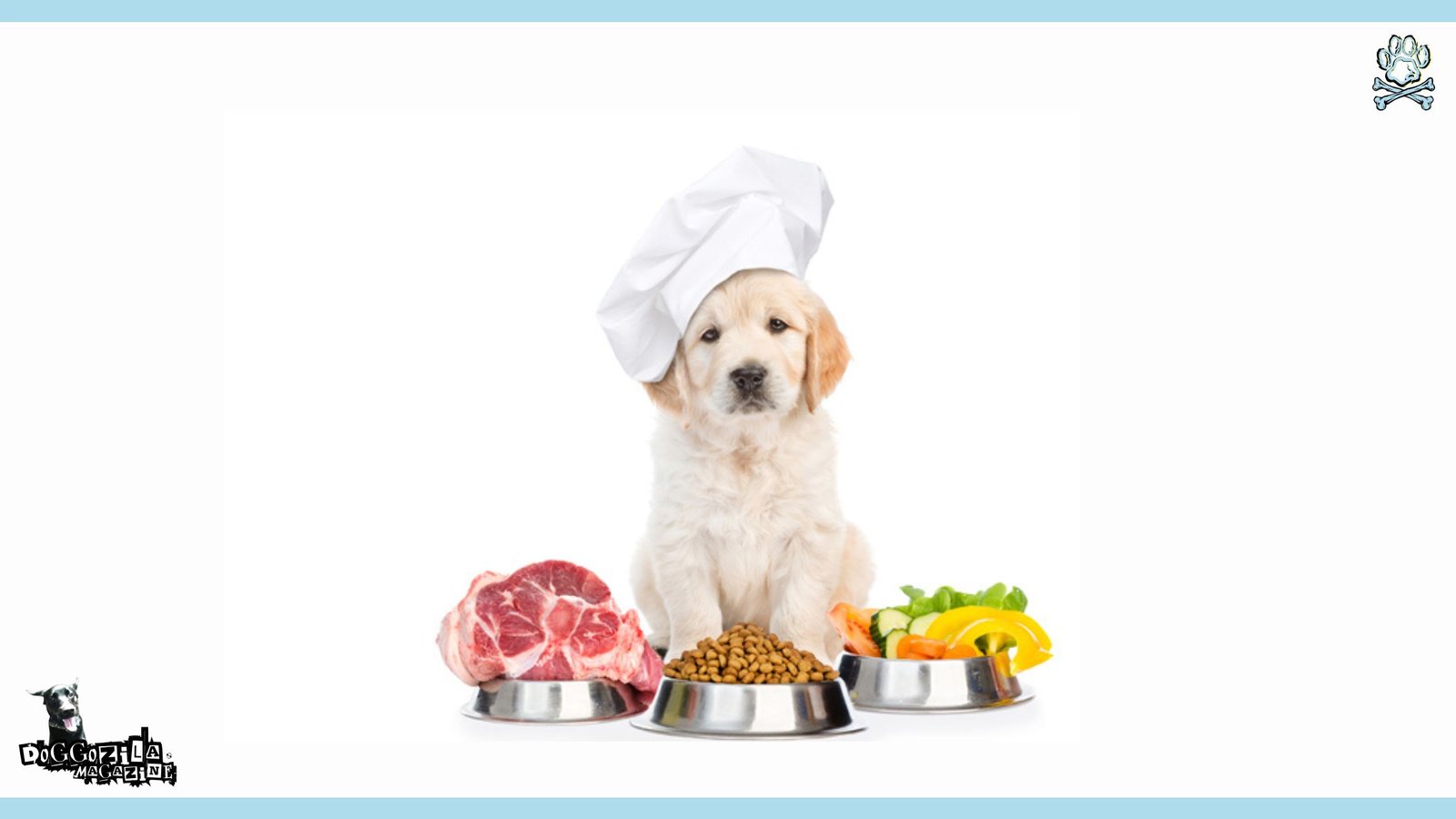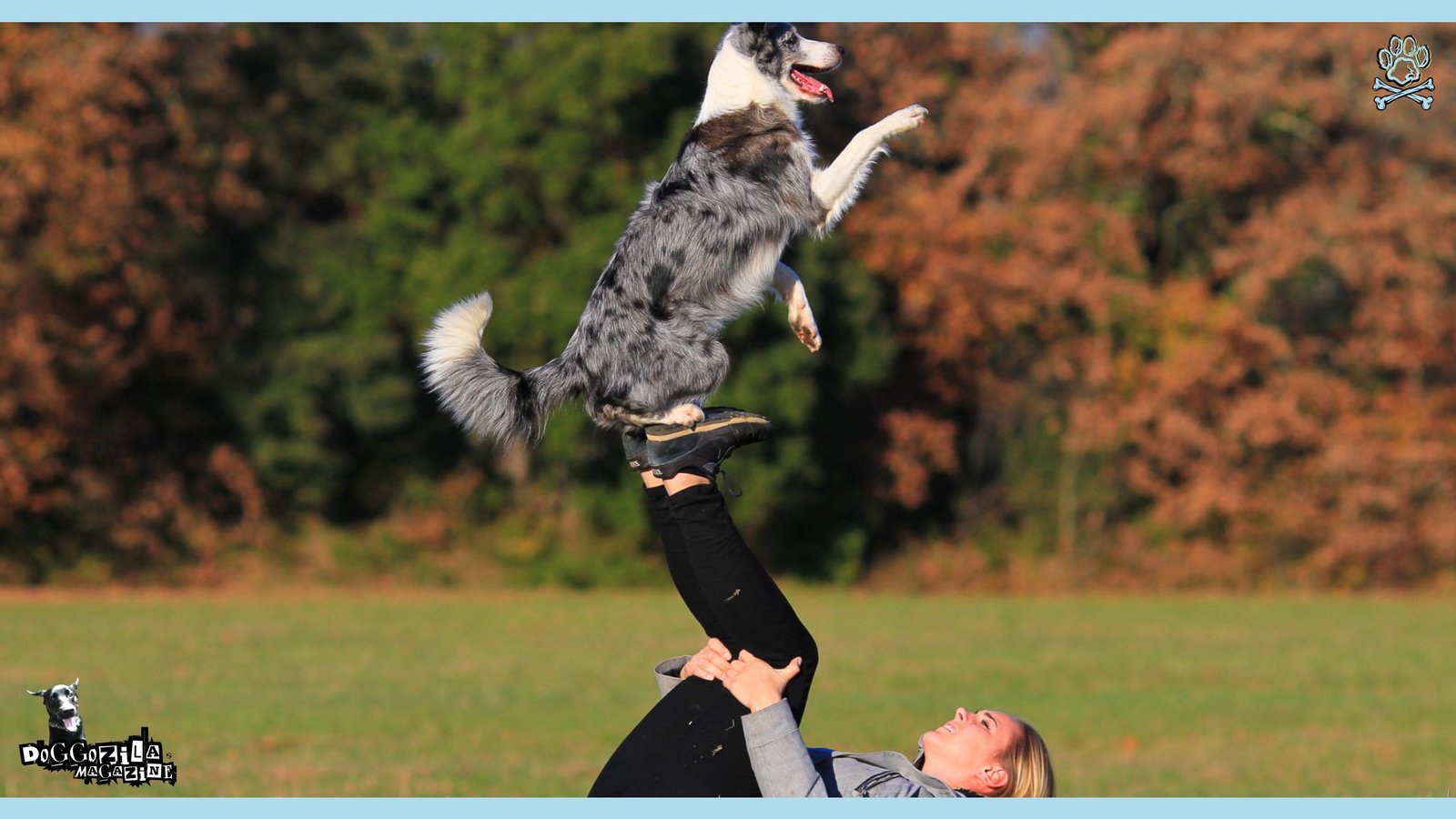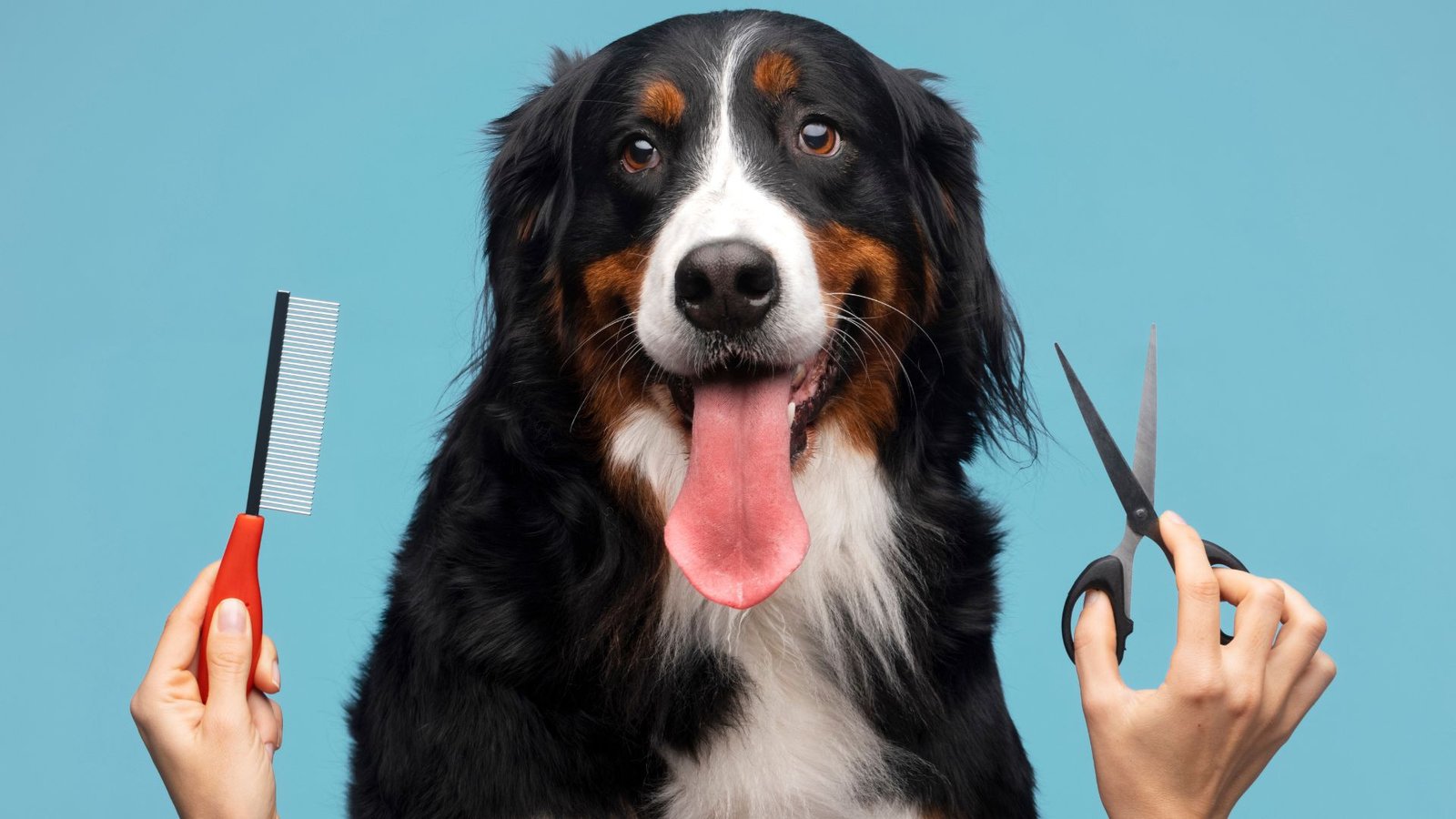What are the factors that affect our dogs’ health and longevity?
How can we prevent or treat common health problems in dogs?
Check our article to see how you can keep your dog healthy and live longer.

HEALTHY DOG DIET TO LIVE LONGER
Diet is one of the most important aspects of keeping your dog healthy and live longer. A proper diet should provide your dog with all the essential nutrients, such as protein, fat, carbohydrates, vitamins, minerals, and water, that they need for their growth, development, and maintenance.
Research the right Healthy diet for your dog to Live Longer
Strong diet should also be appropriate for your dog’s breed, age, size, activity level, and health condition. A proper diet should also avoid foods that are harmful or toxic to dogs, such as chocolate, grapes, raisins, onions, garlic, macadamia nuts, xylitol, alcohol, and caffeine.
To choose a high-quality diet for your dog, you should look for the following criteria:
The diet should be recognized by the AAFCO (American Association of Feed Control Officials), which sets the standards for nutritional adequacy and quality of pet foods.The diet should have undergone feeding trials to prove its safety and effectiveness for dogs. The diet should have a clear and accurate label that lists the ingredients in order of weight, the guaranteed analysis of nutrients, the feeding instructions, and the manufacturer’s information.
The meals should have whole-food ingredients that are easily recognizable and digestible. For example single proteins (e.g., chicken, beef, lamb) and vegetables (e.g., carrots, peas, sweet potatoes). The diet should avoid artificial colors, flavors, preservatives, fillers, by-products, or vague terms (e.g., meat meal, animal fat).

ROUTINE DOG FITNESS
Routine activity helps keep your dog healthy. Moving around allows your dog to stay at a good weight, strengthen muscles and bones, enhance heart and lung function, sharpen the senses and relieve stress. Exercise also gives you quality bonding time with your furry friend.
Give your dog enough exercise
Exercise should match your dog’s breed, age, size, nature and health. For example, some dogs are high-energy athletes who need vigorous activities like running, swimming or agility courses. Others prefer lower-key exercise like hiking or puzzle toys. Puppies and seniors have different fitness needs than adult dogs. Ask your vet for the right exercise plan.

FUN DOG ACTIVITIES
Your dog needs enough exercise to stay fit and engaged, but not too much to get hurt or wear out. Most dogs need 30 minutes to 2 hours of activity daily, depending on breed and traits.
Avoid dehydration and overheating
Watch your dog’s energy level, breathing, heart rate and body heat during and after exercise. Adjust the activity as needed. Provide fresh water and shade to prevent dehydration and heatstroke. Exercise at set times, like morning or evening when it’s cooler. Don’t work out your dog right before or after meals to avoid tummy trouble. Vary the routine to keep things fun and challenging.

GROOMING, TRIMMING AND BRUSHING
Grooming is another essential aspect of keeping your dog healthy. Taking care helps your dog maintain a clean and shiny coat, prevent skin infections and parasites, reduce shedding and allergies, improve blood circulation and comfort, and detect any health issues early. Grooming also provides an opportunity for you to check your dog’s body for any signs of injury, illness, or abnormality.
For proper Dog grooming, follow these steps
Brush your dog’s coat regularly to remove dirt, mats, tangles, loose hair, and debris. The frequency and type of brushing depend on your dog’s coat length and texture.
For example, dogs with long or curly coats may need daily brushing with a slicker brush or a comb, while dogs with short or smooth coats may need weekly brushing with a bristle brush or a glove. Bathe your dog occasionally to keep their coat and skin clean and healthy. The frequency and type of bathing depend on your dog’s coat type and lifestyle.
For example, dogs with oily or dirty coats may need monthly bathing with a mild shampoo formulated for dogs, while dogs with dry or sensitive coats may need less frequent bathing with a moisturizing or hypoallergenic shampoo. You should avoid bathing your dog too often or using human shampoo as this can strip their natural oils and cause skin irritation or dryness.
Trim your dog’s nails regularly to prevent them from growing too long or breaking. Long nails can cause pain, discomfort, infection, or injury to your dog or yourself. The frequency and type of trimming depend on your dog’s nail growth rate and activity level.
For example, dogs who walk on hard surfaces may need less frequent trimming than dogs who stay indoors or on soft surfaces. You can use a nail clipper or a grinder designed for dogs to trim your dog’s nails. You should avoid cutting too close to the quick (the pink part of the nail that contains blood vessels and nerves) as this can cause bleeding or pain.

For proper Dog Cleaning, follow these steps
Clean your dog’s ears often. It prevents ear infections and mites. Ear infections happen a lot in dogs with floppy ears or allergies. Ear mites are tiny bugs that make your dog’s ears itchy. They can also cause swelling and gunk in the ears.
To clean dog ears, use a cotton ball or soft cloth. Wet it with a gentle ear cleaner made for dogs. Gently wipe the outside of your dog’s ear. Don’t put anything inside the ear canal. Check for redness, swelling, smells, or gunk. If you see any issues, talk to your vet.
Brush your dog’s teeth often. It prevents teeth and gum problems or bad breath. Lots of dogs, about 80% over 3 years old, get teeth and gum diseases. These can cause pain, infections, tooth loss, and harm to organs like the heart and kidneys. Use a dog toothbrush and toothpaste to brush. Gently brush in circles, mostly on the outside of teeth. Give your dog dental treats, chews, or toys to help clean teeth and freshen breath.
Take a look at your dog’s eyes often. This helps spot eye problems early. Dogs can get eye infections. This is more common for dogs with long hair or allergies. Eyes can also get hurt by things poking them or scratches. To check your dog’s eyes, use a damp cloth or cotton ball. Gently wipe any dirt, liquid, or crust from the corners of their eyes. Also, look for redness, swelling, cloudiness, or tears. If you see any issues, talk to your vet.

REGULAR VETERINARY VISITS WILL MAKE YOUR DOG HEALTHY AND CAN LIVE LONGER
Taking your dog to the vet regularly is key to keeping them healthy and living longer. Regular check-ups help prevent or treat sicknesses, injuries, or pests that can harm your dog’s health. Vet care also keeps your dog up-to-date on shots, deworming, flea and tick prevention, heartworm prevention, spaying or neutering, microchipping, and other things to protect them.
Give your dog proper vet care
Take your dog to the veterinarian for regular check-ups if they are puppies, seniors, or have special needs. Regular check-ups can help detect any health issues early and provide appropriate treatment or prevention measures.
Follow your veterinary advice for Healthy Dog Life and to Live Longer
Get vaccinations, deworming, flea and tick prevention, heartworm prevention, spaying or neutering, microchipping, and any other procedures recommended for your dog’s age, breed, size, lifestyle, and health. See your vet if your dog shows signs of sickness or injury like vomiting, diarrhea, not eating, weight changes, or tiredness. This section shows ways to help your dog be healthy and live for many years! Some tips are easy. Other tips will take more work.

These topics show you how to keep your dog healthy and live longer!









